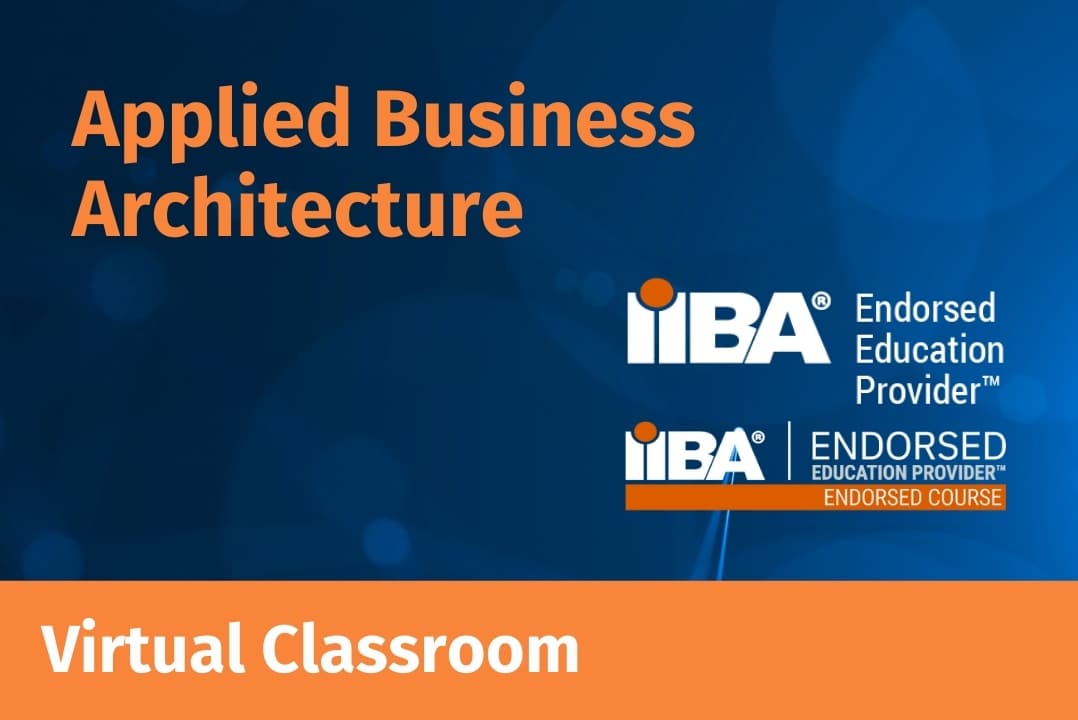Have you ever wondered how industry standard reference models come to be? At Enterprise Architects and FromHereOn we embrace and promote the use of reference models in jump starting the strategy and architecture efforts of our clients. We have adopted and adapted the likes of SCOR (supply chain), APQC (business process), BIAN (banking), EMMM™ (mining) amongst others in the interests of driving a consistent business definition across clients and solutions in given sectors.
Have you ever wondered how industry standard reference models come to be? At Enterprise Architects and FromHereOn we embrace and promote the use of reference models in jump starting the strategy and architecture efforts of our clients. We have adopted and adapted the likes of SCOR (supply chain), APQC (business process), BIAN (banking), EMMM™ (mining) amongst others in the interests of driving a consistent business definition across clients and solutions in given sectors.
But how do they come to be? Whilst most are ratified and evolved by committees and working groups of a standards organisation such as The Open Group or industry organisations such as APQC and BIAN, none of these start with a blank sheet of paper and a group of well-meaning experts staring at each other in front of a blank whiteboard. The reality is that most if not all start with the contribution of base IP by a well-meaning organisation.
At Enterprise Architects we’re proud to have brought a lot of leading thinking to strategy and architecture. We’ve packaged much of that thinking into our training courses – and welcome the levels of emulation that we see from organisations that have encountered our methods. We’ve pondered often the value of the IP we create and this stretches to the industry reference models that we’ve built. Historically we’ve taken something of a protectionist attitude to this IP, considering that it offered strategic advantage for our strategy and architecture services – but we’re changing tack and feel it’s time to play our part in the establishment of industry standards, and a first case in point is the contribution of our industry reference models for the Higher Education sector as free for use to Universities globally.
Evolved over the last seven years working with 15 of the 43 Australian universities as well as a number of international universities we feel these models represent a robust expression of the business capability and information needs of education and research institutions. However establishing an industry standard reference model involves more than just throwing these models into the public domain; the consequence of doing so would merely spawn myriad deltas that will never converge, thus achieving nothing by way of standardisation. We realised that an industry standard reference model required an industry relevant organisation to be its custodian. In the case of Higher Education this meant CAUDIT, the Council of Australian Universities Directors of IT – effectively the council of university CIOs.
CAUDIT represented an enthusiastic partner to provide the industry endorsement and manage distribution of the business and information reference models. Yet still – how to manage a process of ongoing evolution of the models and their updated publication. We realised that an industry reference model can only remain a standard if its use is understood, its evolution in the hands of consumers known and the relevant updates can be incorporated into subsequent revisions.
Fortunately CAUDIT already had an Enterprise Architecture SIG (special interest group) with participants from across the sector – and members of the SIG were well known to us at Enterprise Architects. The SIG would be accountable for managing the evolution of the reference models, but this led to the question of managing access to model extensions in the community worthy of incorporation into periodic revisions. Together we considered the challenge and decided that the models would be licensed for use by institutions under a Creative Commons Attribution license. Under this open source licensing model the content is free for use by Education Institutions so long as it is suitably attributed to the sponsors (Enterprise Architects and CAUDIT) and any evolution to the models must be contributed back to the CAUDIT SIG – and the process of evolving revisions can run its course.

So there it is – the birth of an industry standard reference model is not as simple as throwing the models into the public domain. It requires the contribution of robust / proven IP, an industry body prepared to distribute and evolve the models, a working group that has the wherewithal to evolve future revisions, and a licensing model that ensures that the beneficiaries of the models contribute to the cause.



 3 day course
3 day course